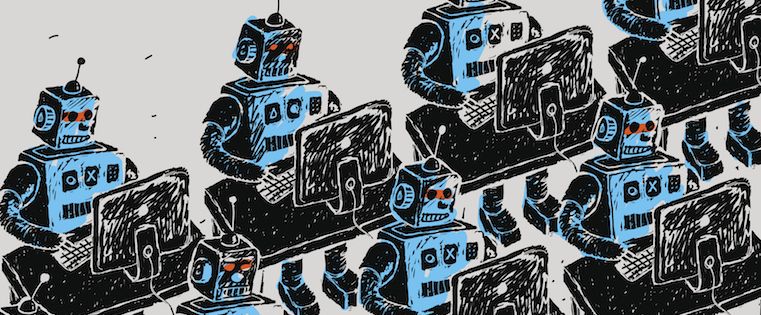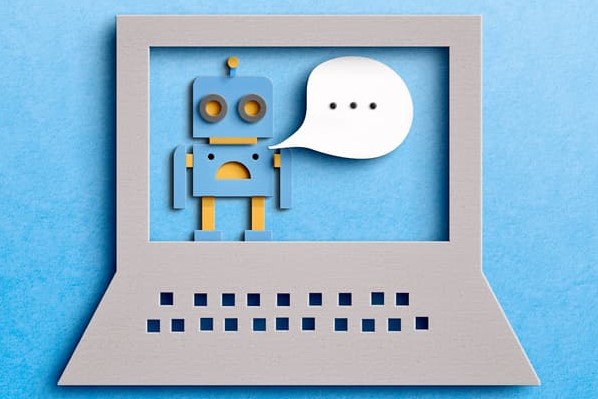Last week, while I was using a website's chat feature to get some much-needed customer service, I realized something shocking:
I couldn't tell if I was chatting with a human or a bot.
Before 2017, my notion of bots -- and chatbots, specifically -- was that they could only provide canned, basic responses before escalating to a human being. In short, I thought chatbots seemed, well, robotic, and they couldn't get me the help I needed with a human touch.
Now, of course, I know that chatbots are the future of marketing, and you might feel the same. More brands have started using chatbots for marketing, sales, and customer service -- and these are just a few examples.
If you're wondering why bots are proliferating so rapidly -- and how they've advanced to the point where we can't differentiate their capabilities from those of humans -- watch our chat with Motion AI CEO David Nelson above. He sat down and chatted with my colleague, Jami Oetting, about how bots have grown so significantly this year and why businesses should consider implementing a bot strategy of their own.
Why 2017 Is the Year of Bots
1) Natural language understanding has progressed.
Remember my story earlier?
The progression of natural language understanding has made chatbots more human than ever, making 2017 an ideal time to deploy a chatbot to answer questions and provide information.
2) Customer service expectations have changed.
It's harder than ever to keep customers happy. And that's because they have more options than ever (from your competition), and they want assistance made for the 21st century -- instead of having to wait on hold for hours and repeat their information over and over.
Now, bots can perceive context and use data to give people the relevant information they need, and customers are more willing to interact with bots that give them the help they need -- they're fast, efficient, and just as helpful when they need assistance, on any channel.
3) Chatbots can make your job easier.
Bots can now answer frequently-asked questions, qualify new leads, and even distribute content. Here on the HubSpot Blog, we're using a Facebook Messenger bot to help readers subscribe and read blog posts like these. Bots can automate processes humans have to do over and over again -- saving time and valuable resources.
4) Chatbots can use data you already have to personalize your marketing.
The key to good marketing content is personalization. Bots can help you mine and analyze data you've already collected about prospects and customers to send them more customized emails and to have helpful context on calls.
5) Chatbots are easier than ever to create and deploy.
With help from industry leaders like Motion AI, you don't have to try to demystify bots on your own -- it's easy to create and deploy bots anywhere on your site to help achieve your goals.
Editor's note: HubSpot has acquired Motion AI, which enables everyone (developer or not) to build bots. Learn more here: HubSpot Acquires Motion AI.












